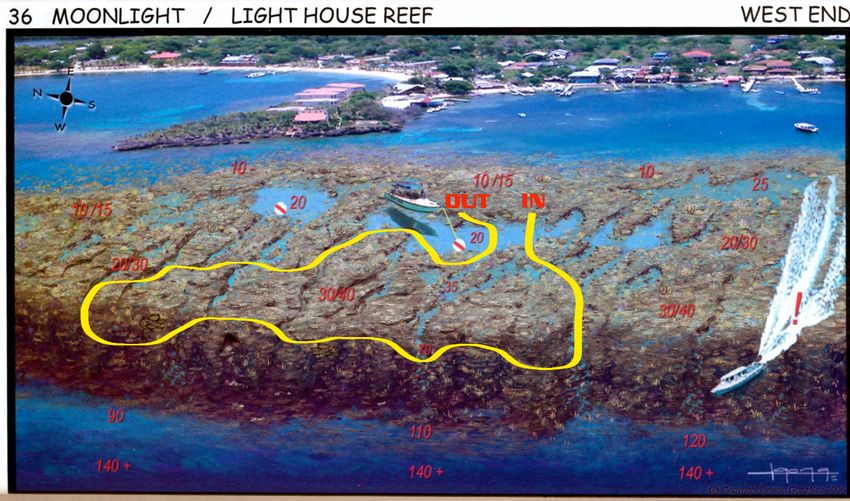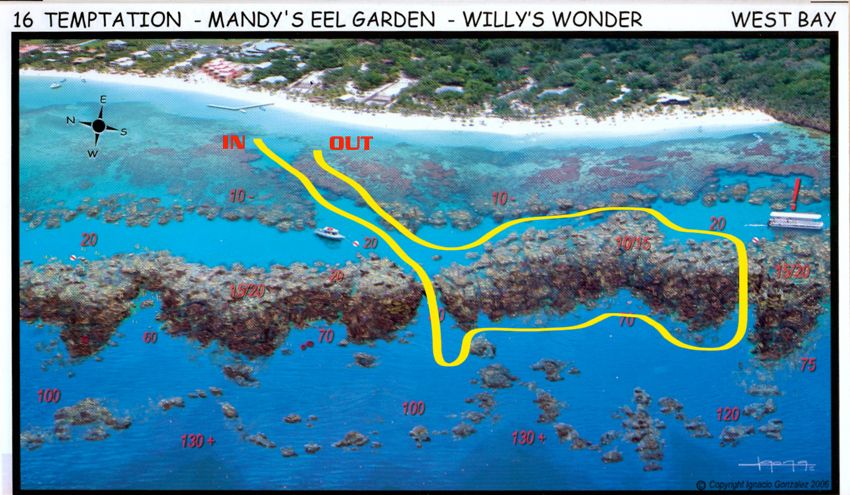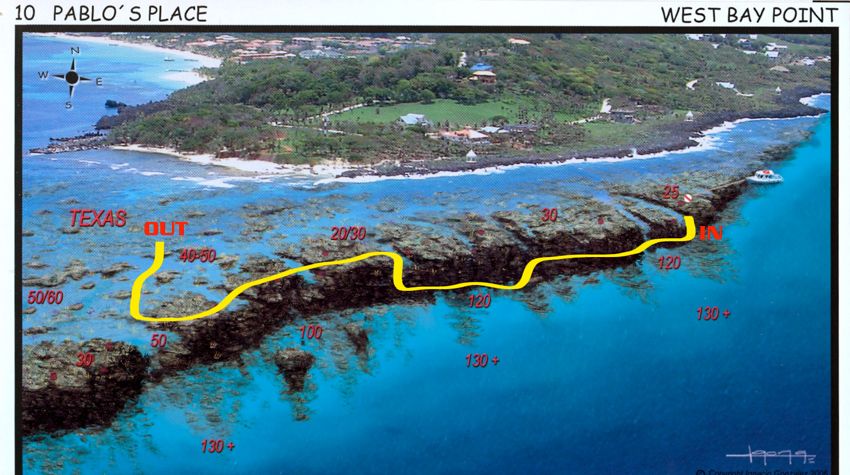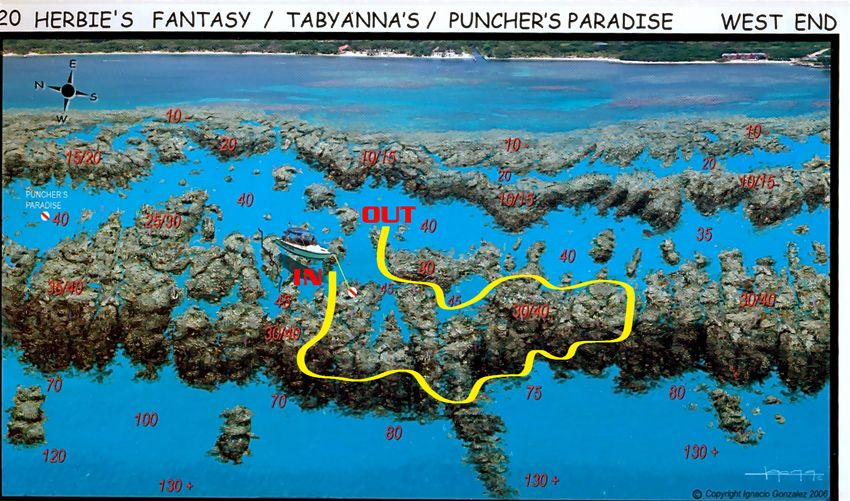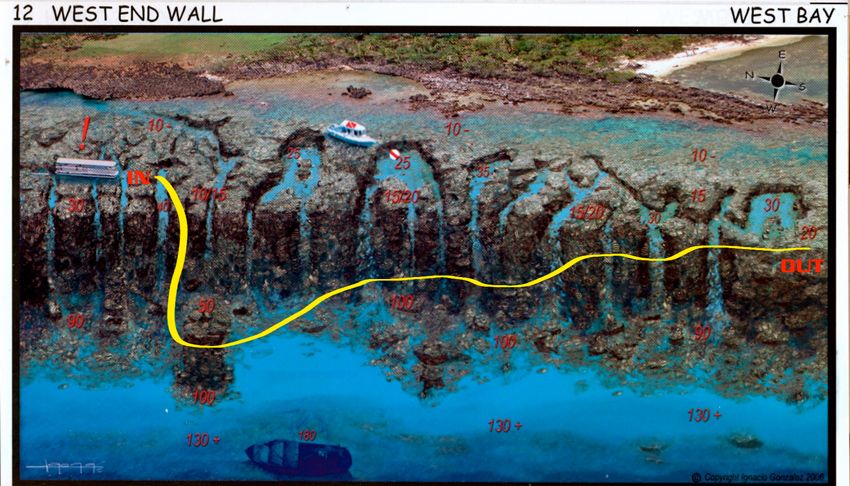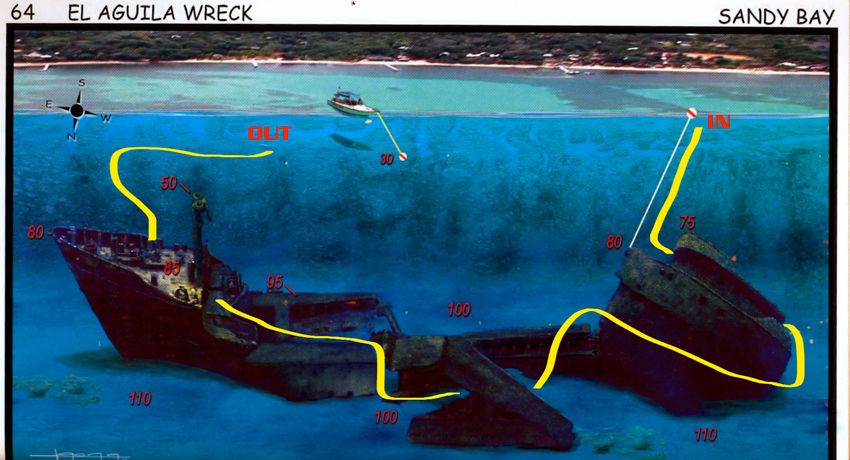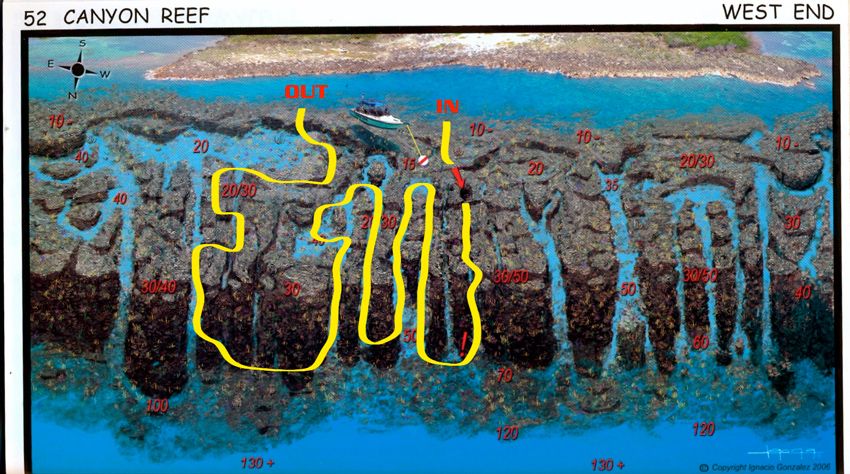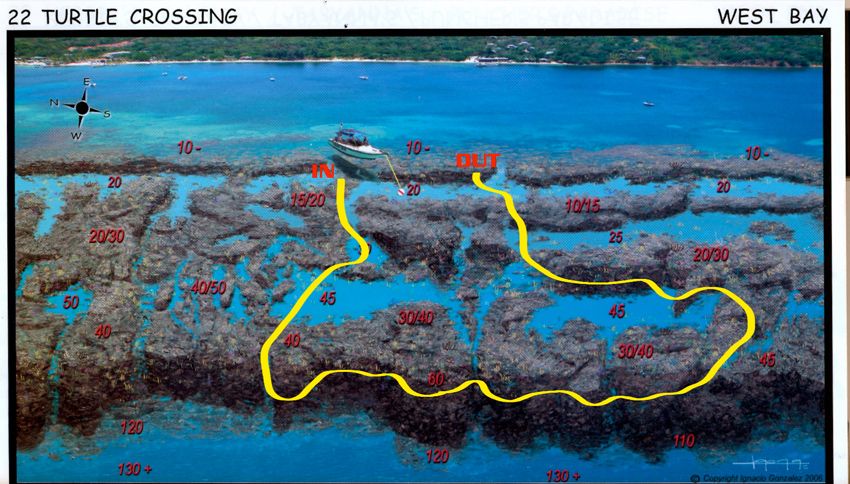“Cara a Cara Point” is located in the south side of Roatan, about 20 minutes by bus and 15 minutes by boat from the TGI Diving Roatan.
The dive site is about 2 miles off -shore, and often the see can be rough.
The TGI Diving strongly recommend a regular dive before doing the Shark Dive, but anyways, a professional TGI Diving Dive Master will be with you during your unforgettable dive!
The dive site offer an incredible biodiversity as sea sponges, groupers, big barracuda and jack fish. Hammerhead Sharks are often seen.
The more common sharks at “Cara a Cara Point” are the Caribbean Grey Reef Sharks (Charcarinus Perizi).MAX DEPH: 20-23 Mt/ 60-68 Ft
SOME INFO ABOUT SHARKS:
Since that time, sharks have diversified into 440 species, ranging in size from the small dwarf lanternshark, a deep sea species of only 17 centimetres (7 in) in length, to the whale shark, the largest fish, which reaches approximately 12 metres (39 ft) and which feeds only on plankton, squid, and small fish through filter feeding. Sharks are found in all seas and are common down to depths of 2,000 metres (6,600 ft), and some live even deeper but they are almost entirely absent below 3,000 metres (9,800 ft). They generally do not live in freshwater, with a few exceptions such as the bull shark and the river shark which can live both in seawater and freshwater. They respire with the use of five to seven gill slits. Sharks have a covering of dermal denticles that protect their skin from damage and parasites and improve fluid dynamics so the shark can move faster. They have several sets of replaceable teeth.
Well-known species such as the great white and the hammerhead are apex predators at the top of the underwater food chain. Their extraordinary skills as predators fascinate and frighten us, even as their survival is under serious threat from fishing and other human activities.
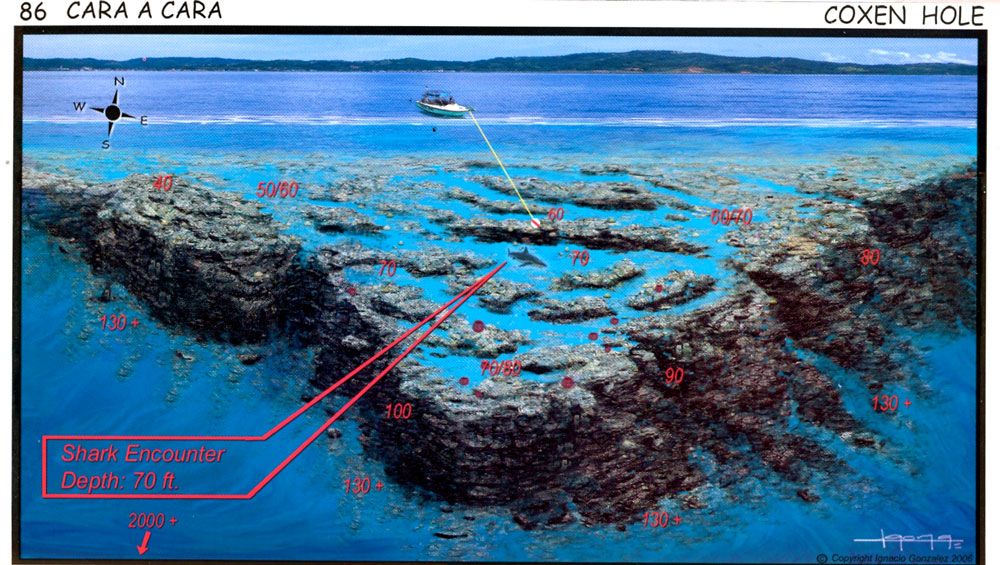
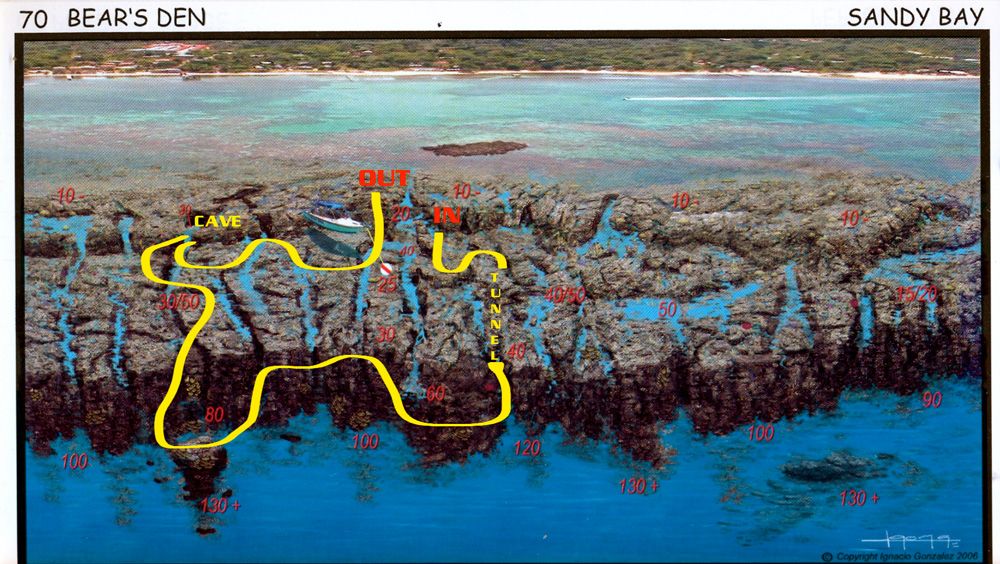
A shallow dive characterised by the sandy bottom, with pinnacles of coral protruding upwards and very good chances to see turtles here. Perfect for no experienced diver that want to have the chance to see big fishes like Eagle Ray.

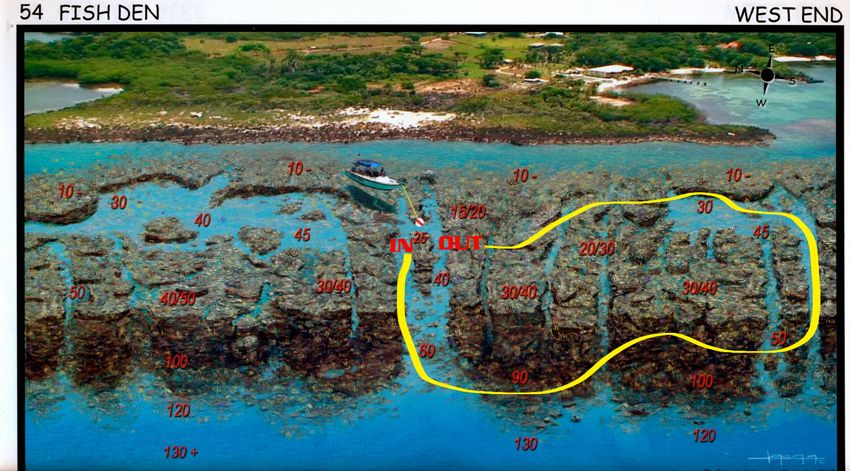
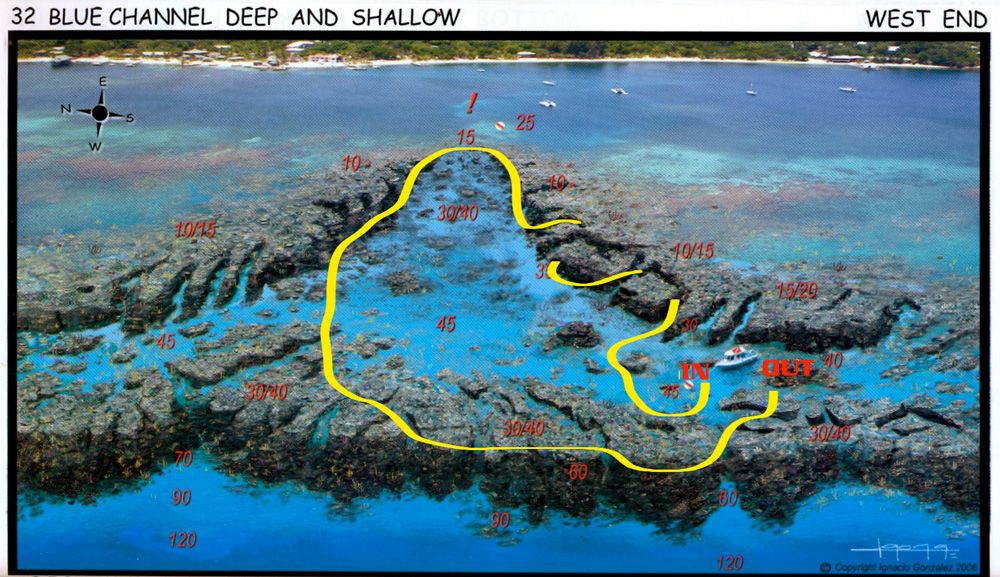
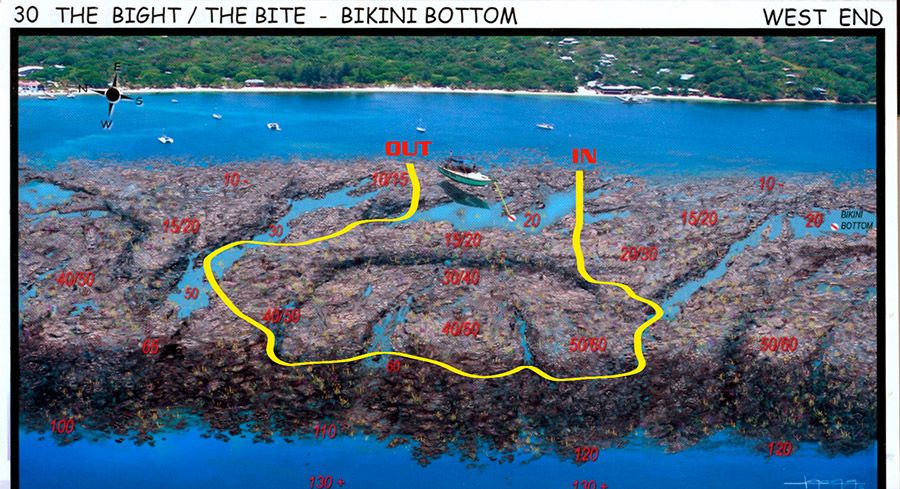
Site offers a different topography, can be done as a drift dive. You can see channels with a depth of 50ft, dive throught the very alive wall. Divers will encounters Deep Water Sea Fans.
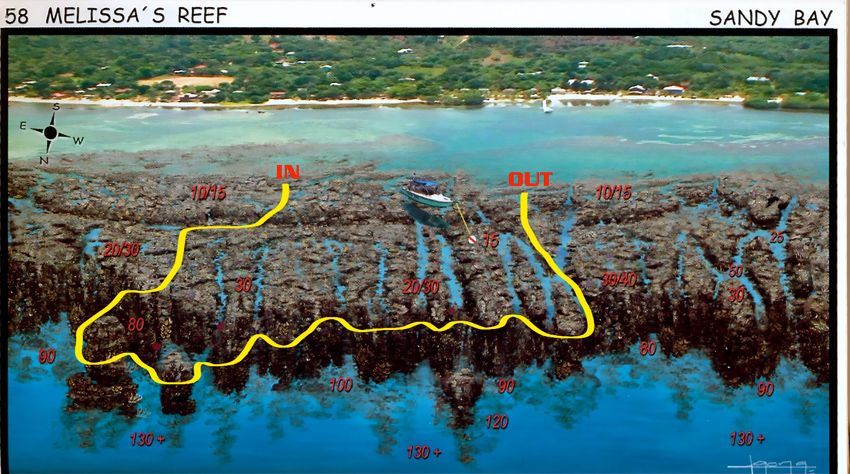
Named after its pinnacle shaped coral formation. Upper part there are deep crevices. Wall drops down to 80 ft. Theres a cavern south of the buoy. Opportunities to see Spotted Drumfish, Channel Clinging Crab, Caribbean Spiny Lobster, and others.
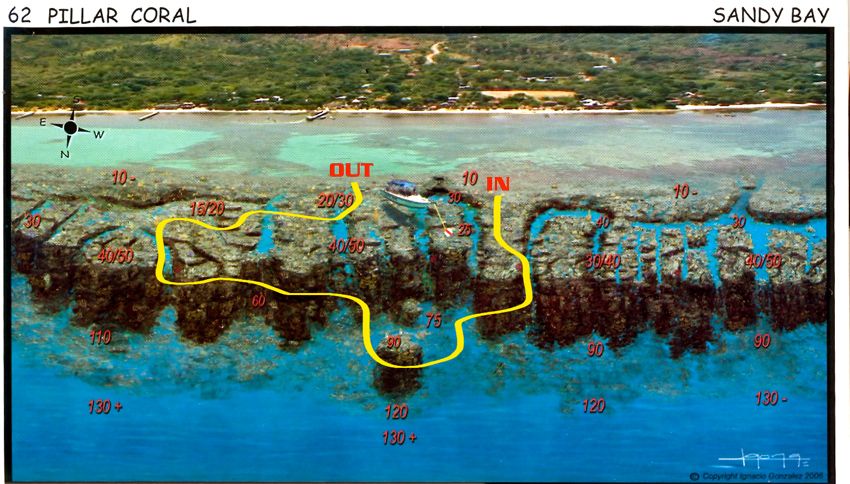
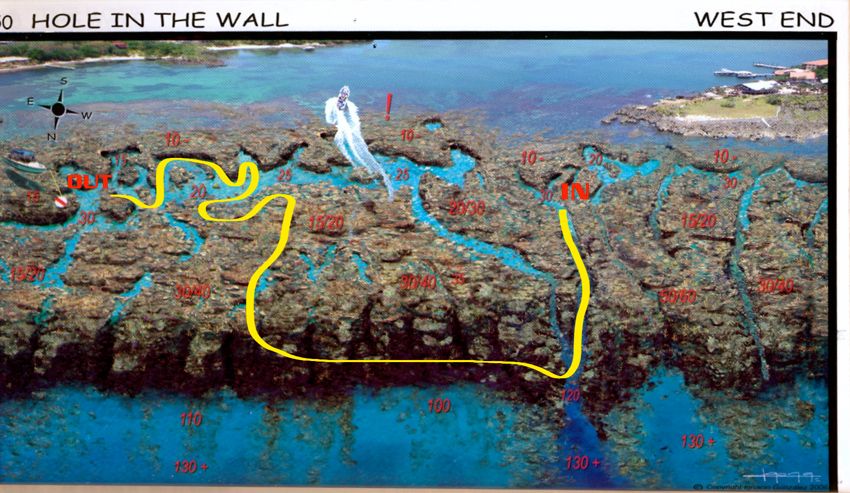
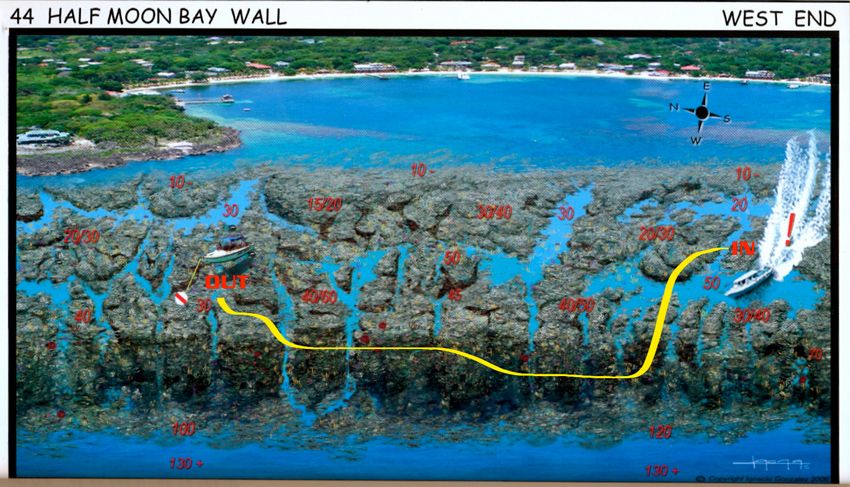
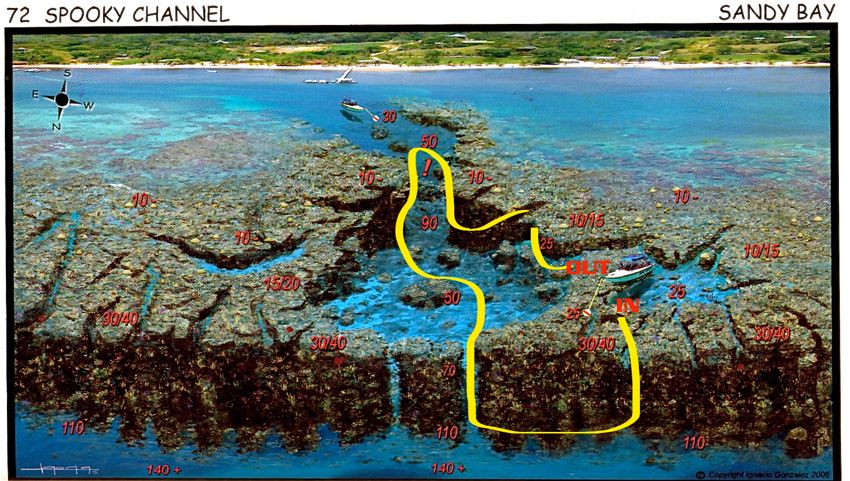
Light House Reef is a drop off located about 15 minutes by boat from West Bay Beach. An incredible variety of pelagic fishes and reef fishes. Hammerhead Shark have been seen. Mooring line is available and usually sea conditions are superb.
